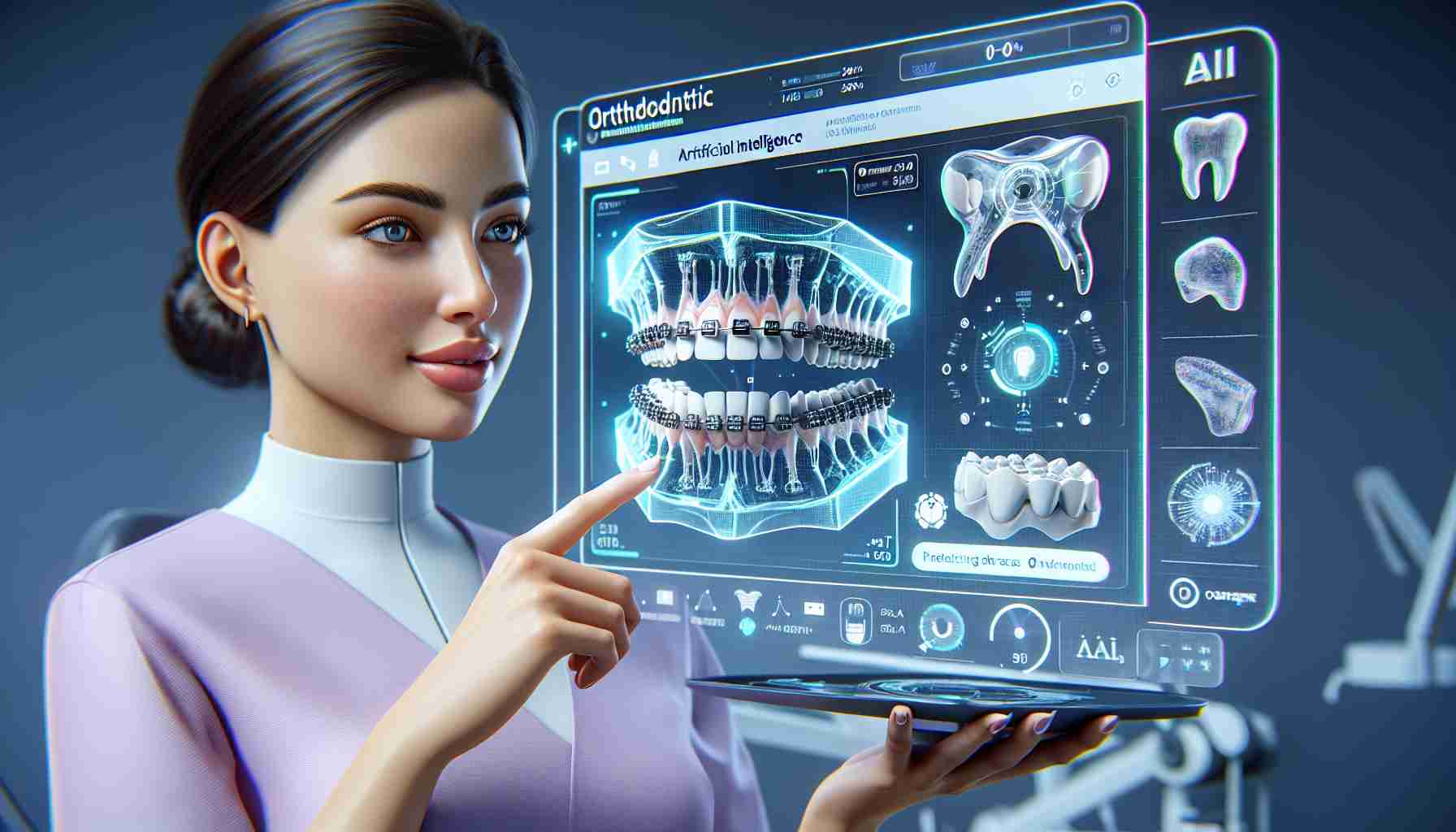The orthodontic field has experienced a groundbreaking transformation with the introduction of a cutting-edge AI tool that utilizes virtual patients to precisely fit braces onto teeth. This innovative tool, a result of collaboration between the University of Copenhagen’s computer science department and 3Shape, is reshaping the conventional approach to orthodontic treatment by accurately predicting teeth movement and ensuring the ideal fit of braces.
Orthodontists traditionally relied on their expertise and experience, often leading to multiple adjustments and visits for patients. However, this new tool leverages artificial intelligence to streamline the process significantly.
FAQ
1. What is the purpose of the AI tool in orthodontics?
The AI tool is designed to predict the optimal fitting of braces on teeth, ensuring they are neither too loose nor too tight.
2. How was this tool developed?
The tool is a result of a collaborative effort between the University of Copenhagen’s computer science department and 3Shape. Researchers trained the AI using scanned images of teeth and bone structures from human jaws.
3. What advantages does this tool offer?
This tool minimizes the need for trial and error in brace fitting, leading to fewer adjustments and orthodontist visits. It provides valuable insights for orthodontists on where braces should apply pressure to effectively straighten teeth.
4. Can the tool predict tooth movement with other orthodontic appliances like clear aligners?
Yes, the tool has been programmed to account for the changes in tooth contours caused by materials used in clear aligners, enabling it to predict tooth movement accurately.
5. What are digital twins?
Digital twins are virtual models that precisely replicate humans or physical objects in a digital environment. In orthodontics, these models offer immediate feedback on adjustments, facilitating quicker treatment planning and assessment.
6. How can digital twins benefit the healthcare sector?
Digital twins have the potential to simulate treatments across various medical scenarios, allowing for targeted treatments and improved device adaptation. This can result in enhanced outcomes for patients on a broader scale.
The field of orthodontics faces challenges such as the continuous shifting of teeth throughout a person’s life and the variability in tooth movements among individuals. To address these issues, researchers have developed an advanced tool that analyzes scanned images of teeth and bone structures to predict the most effective design of braces for straightening teeth.
The emergence of clear aligners as an alternative to traditional braces poses additional complexities for predicting tooth movement. The AI tool, however, accounts for the impact of clear aligners on tooth contours, enhancing its ability to calculate the necessary forces for tooth realignment.
The integration of digital twins into orthodontic practice has unlocked new potentials. These virtual models offer immediate insights into treatment effects, expediting treatment planning and assessment processes. By generating precise 3D simulations of individual patient jaws, dentists and technicians can strategize optimal treatments effectively.
Beyond orthodontics, the utility of digital twins extends to various medical applications. Researchers have compiled a database of digital patient models capable of simulating treatments for different medical conditions, showcasing the versatility and efficiency of this technology in enhancing patient care.
As this AI-driven tool evolves, continued emphasis on regulatory oversight is essential to ensure its safety and efficacy. However, the tool’s capacity to transform orthodontic procedures through the integration of AI and virtual patients is undeniable, promising patients a more precise and comfortable treatment experience.
The source of the article is from the blog elblog.pl
